Romanticism (also known as the Romantic movement or Romantic era) is an artistic and intellectual movement that originated in Europe towards the end of the 18th century. For most of the Western world, it was at its peak from approximately 1800 to 1850. Romanticism was characterized by its emphasis on emotion and individualism as well as glorification of the past and nature, preferring the medieval over the classical.
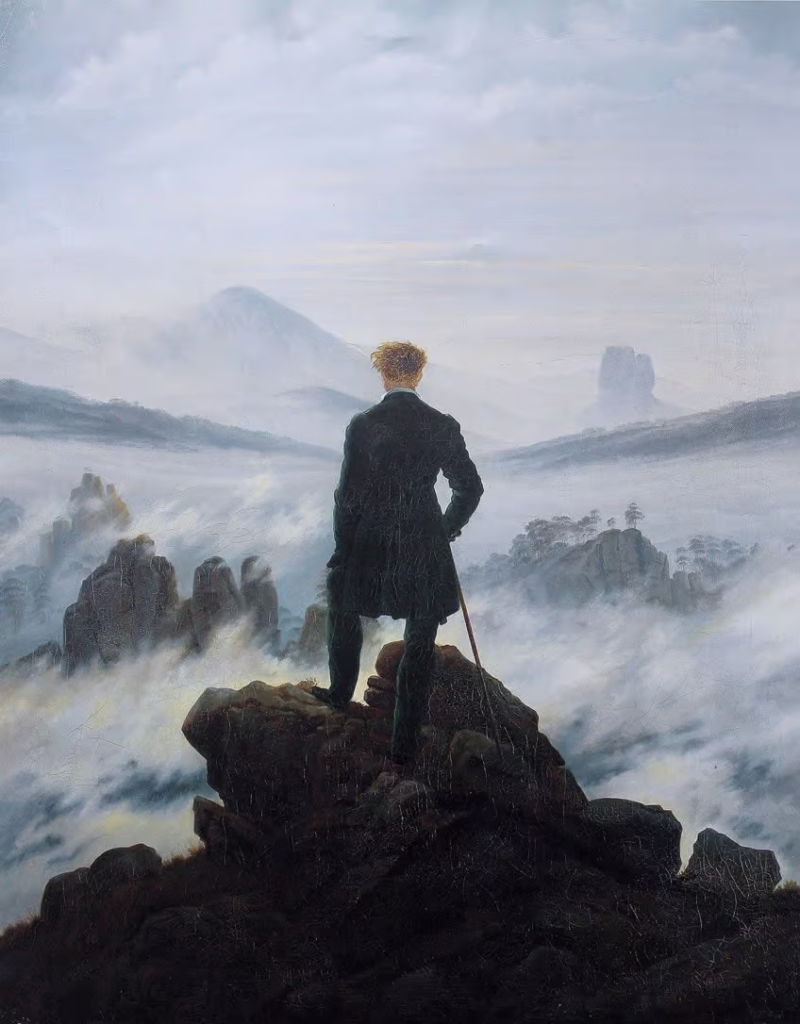
Romanticism came after the age of enlightenment (also known as the Age of Reason). which was an intellectual and cultural movement in the eighteenth century that emphasized reason over superstition and science over blind faith. People who where with this art movement believed in science and facts, which likely helped lead to the very quick change in parts of the world caused by the industrial revolution. The romantics directly opposed these views.
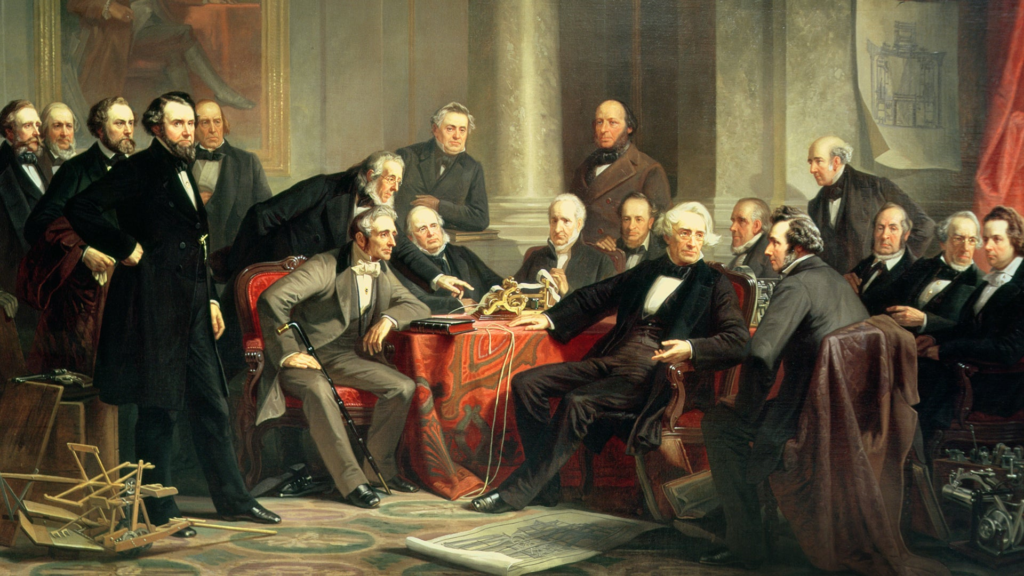
The industrial revolution was the biggest influence in sparking the popularity of this art movement. Romanticism revived medievalism and juxtaposed a pastoral conception of a more “authentic” European past with a highly critical view of recent social changes, including urbanisation, brought about by the Industrial Revolution.
The movement emphasized intense emotion as an authentic source of aesthetic experience. It granted a new importance to experiences of sympathy, awe, wonder, and terror, in part by naturalizing such emotions as responses to the “beautiful” and the “sublime”. Romantics stressed the nobility of folk art and ancient cultural practices.
Many Romantic paintings had colours that tended to be soft and warm, with a focus on pink, red, and pastel shades. Techniques like blending, layering, and brush strokes can create a dreamy, romantic effect, as well as expressive compositions, vivid colours, and dramatic contrasts of light and dark. This created a focus on individualism, an emphasis on nature, emotion over reason, freedom of form, and an exploration of the Gothic and unknown.
John Constable

John Constable (born June 11, 1776, East Bergholt, Suffolk, England—died March 31, 1837, London) one of the first artists of the Romantic movement to create landscape paintings drawn directly from nature rather than the idealised and dramatic depictions favoured by other artists of the period (the age of enlightenment). Constable moved away from the highly idealized landscapes that were the expected norm of the period and instead favoured realistic depictions of the natural world created through close observation.
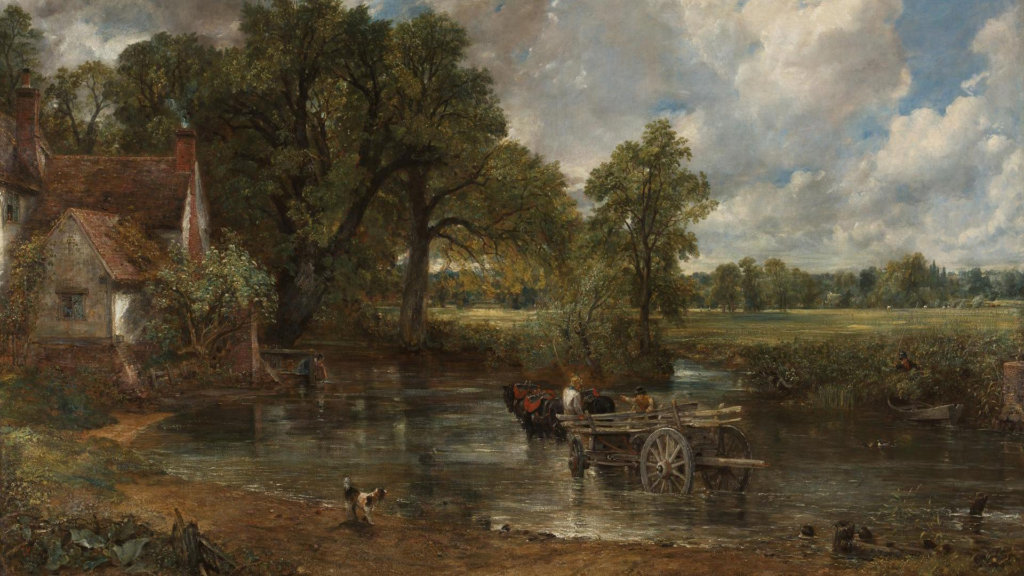
In this oil painting Constable has constructed the painting so that the viewer stands on the near bank of the river and the size of the image (it was another six-footer) in conjunction with the carefully rendered fall of light enables the viewer to feel that they could enter the scene. The image highlights the glory of nature without resorting to artifice or exaggeration and reflects Constable’s determination to paint the truth of what he saw.
The image here is really pleasing to the eyes, with its leading lines from the river, the wide open space of green, brown and yellow meadows that run of the frame, the blue sky that reflects a nice tint on the river, and more. The image gives a feeling of safety , making the views want to actually be there, instead of the grimy, melancholy towns and cities.
Niagara USA – Thomas Cole
The American painter Thomas Cole makes his name as a painter of sublime scenes, vast landscape of the American interior showing nature at its most dignified and impressive.

This painting shows the vast Niagara falls with very small native Americans in the foreground. He does this to show a diminished presence in scale and reinforces the false idea of the “vanishing Indian” and is meant to signal impending transformation rather than acknowledge their stolen sovereignty. The people here look almost lost and puny in the vastness of there environment. To be a romantic is to find relief from the pressures of modern industrial life through nature, which this painting displays very well.
The Sublime
The Sublime definition is of very great excellence or beauty. However, in Romantic art it means something slightly different – Sublime Art is Edmund Burke’s 18th-century theory that defines art as that which alludes to an immeasurable greatness beyond comprehension.
In “A Philosophical Enquiry into the Origins of Our Ideas of the Sublime and Beautiful” (1757) it noted that there were certain experiences which supply a kind of thrill or shudder of perverse pleasure, mixing fear and delight. He shifted the emphasis in discussions of the sublime towards experiences provoked by aspects of nature which due to their vastness or obscurity could not be considered beautiful, and indeed were likely to fill us with a degree of horror.

We are observing something that is potentially dangerous, but we can gain pleasure knowing that we are observing it from a place of safety – meaning shows the sublime. There is an initial feeling of fear or distress, followed by pleasure, once the subject realises that the object that is posing these feelings is not a real threat. Burke claims that the most powerful passion is that of fear because it comes from an apprehension of pain.
Roger Fenton
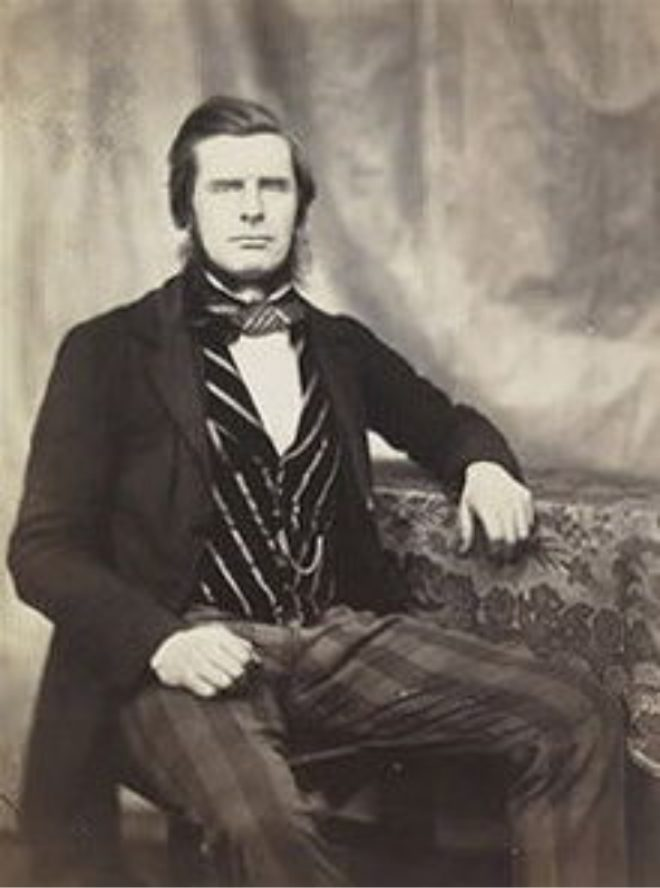
(28 March 1819 – 8 August 1869) was a British photographer, noted as one of the first war photographers.
The most compelling of his views of the English, Welsh, and Scottish countryside call to mind the paintings of Constable and Turner as well as Romantic poems by William Wordsworth that celebrate man’s ties to nature. Fenton possessed a particular sensitivity for the play of light and atmosphere in the natural world, a subject he explored throughout the decade of his career with as much determination and success as he did architecture.
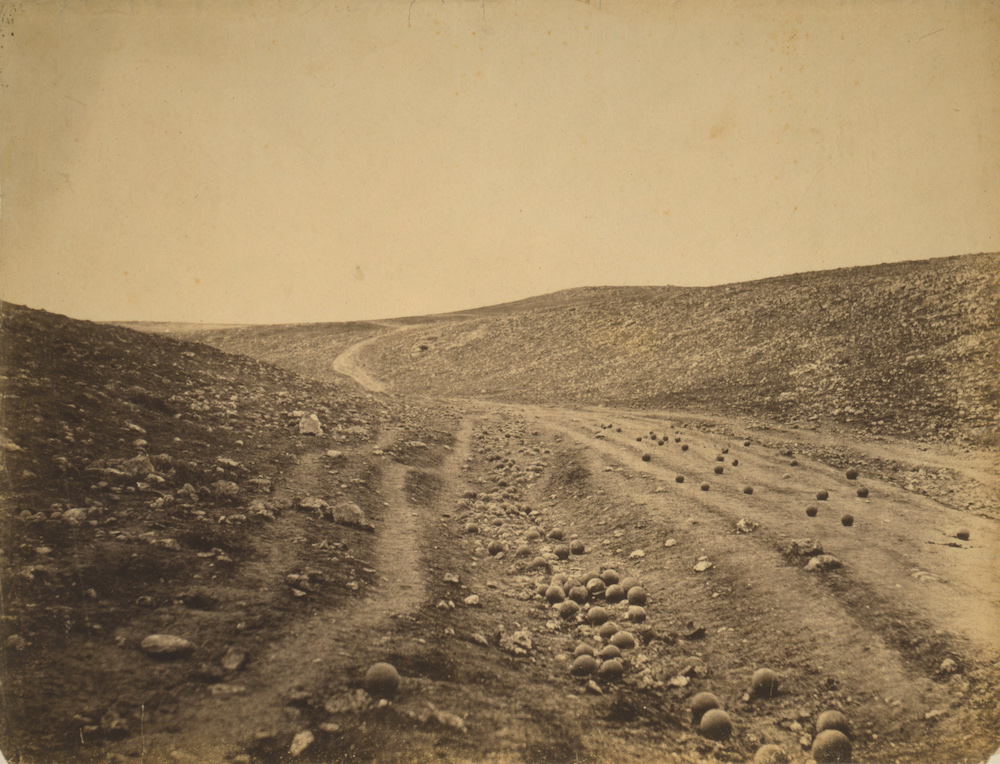

Great understanding of Landscape art and Romanticism so far – well done.
Now add John Constable as a case study for Romanticism, before moving into the Romanticism and Sublime in Photography, where you can add the photographers Roger Fenton and Fernando Maselli.
This can all be in the same blog post.